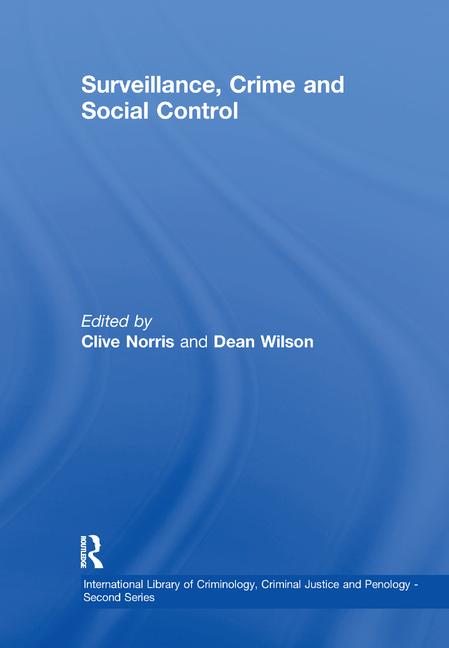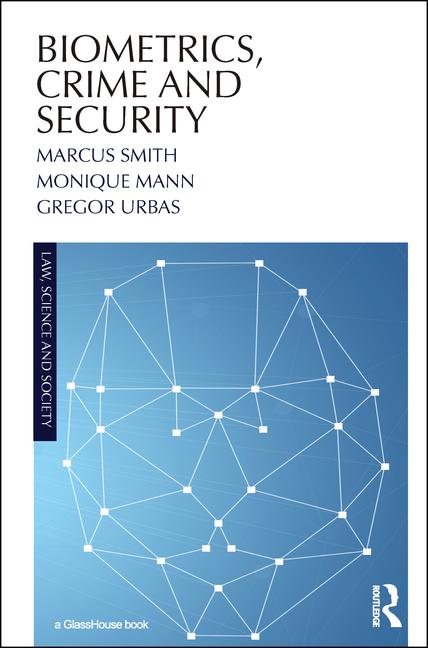FBI report on crime shows decline in violent crime rate for third consecutive year

For the third consecutive year, the estimated number of violent crimes in the nation decreased when compared with the previous year’s statistics, according to FBI figures released today. In 2019, violent crime was down 0.5% from the 2018 number. Property crimes also dropped 4.1%, marking the 17th consecutive year the collective estimates for these offenses declined.
The 2019 statistics show the estimated rate of violent crime was 366.7 offenses per 100,000 inhabitants, and the estimated rate of property crime was 2,109.9 offenses per 100,000 inhabitants. The violent crime rate fell 1.0% when compared with the 2018 rate; the property crime rate declined 4.5%.
These and additional data are presented in the 2019 edition of the FBI’s annual report Crime in the United States. This publication is a statistical compilation of offense, arrest, and police employee data reported by law enforcement agencies voluntarily participating in the FBI’s Uniform Crime Reporting (UCR) Program.
The UCR Program collects information on crimes reported by law enforcement agencies regarding the violent crimes of murder and nonnegligent manslaughter, rape, robbery, and aggravated assault, as well as the property crimes of burglary, larceny-theft, motor vehicle theft, and arson. (The FBI classifies arson as a property crime but does not estimate arson data because of variations in the level of participation by the reporting agencies. Consequently, arson data is not included in the property crime estimate.) The program also collects arrest data for the offenses listed above and 20 offenses that include all other crimes except traffic violations.
Of the 18,667 federal, state, county, city, university and college, and tribal agencies eligible to participate in the UCR Program, 16,554 agencies submitted data in 2019. A high-level summary of the statistics submitted, as well as estimates for those agencies that did not report, follows:
- In 2019, there were an estimated 1,203,808 violent crimes. When compared with the estimates from 2018, the estimated number of robbery offenses fell 4.7% and the estimated volume of rape (revised definition) offenses decreased 2.7%. The estimated number of aggravated assault offenses rose 1.3%, and the volume of murder and nonnegligent manslaughter offenses increased 0.3%.
- Nationwide, there were an estimated 6,925,677 property crimes. The estimated numbers for all three property crimes showed declines when compared with the previous year’s estimates. Burglaries dropped 9.5%, larceny-thefts decreased 2.8%, and motor vehicle thefts were down 4.0%.
- Collectively, victims of property crimes (excluding arson) suffered losses estimated at $15.8 billion in 2019.
- The FBI estimated law enforcement agencies nationwide made 10.1 million arrests, (excluding those for traffic violations) in 2019.
- The arrest rate for violent crime was 156.3 per 100,000 inhabitants, and the arrest rate for property crime was 343.3 per 100,000 inhabitants.
- By violent crime offense, the arrest rate for murder and nonnegligent manslaughter was 3.4 per 100,000 inhabitants; rape (aggregate total using the revised and legacy definition), 7.4; robbery, 24.7; and aggravated assault, 120.8 per 100,000 inhabitants.
- Of the property crime offenses, the arrest rate for burglary was 52.3 per 100,000 inhabitants; larceny-theft, 263.0; and motor vehicle theft, 25.1. The arrest rate for arson was 2.8 per 100,000 inhabitants.
- In 2019, 13,247 law enforcement agencies reported their staffing levels to the FBI. These agencies reported that, as of October 31, 2019, they collectively employed 697,195 sworn officers and 306,075 civilians—a rate of 3.5 employees per 1,000 inhabitants.
Caution Against Ranking—Each year when Crime in the United States is published, some entities use the figures to compile rankings of cities and counties. These rough rankings provide no insight into the numerous variables that mold crime in a particular state, county, city, town, tribal area, or region. Consequently, they lead to simplistic and/or incomplete analyses that often create misleading perceptions adversely affecting communities and their residents. Valid assessments are possible only with careful study and analysis of the range of unique conditions affecting each local law enforcement jurisdiction. The data user is, therefore, cautioned against comparing crime data of individual reporting units from states, metropolitan areas, cities, or colleges or universities solely on the basis of their population coverage or student enrollment.
Looking for a reprint of this article?
From high-res PDFs to custom plaques, order your copy today!








